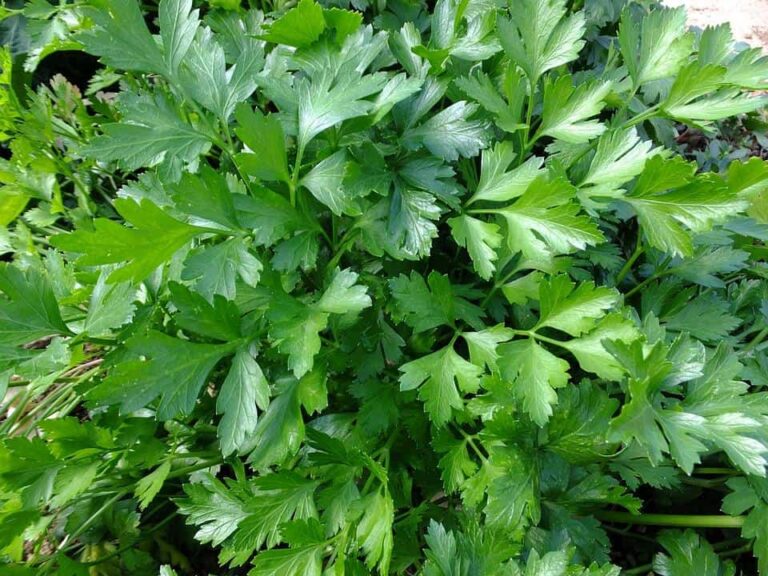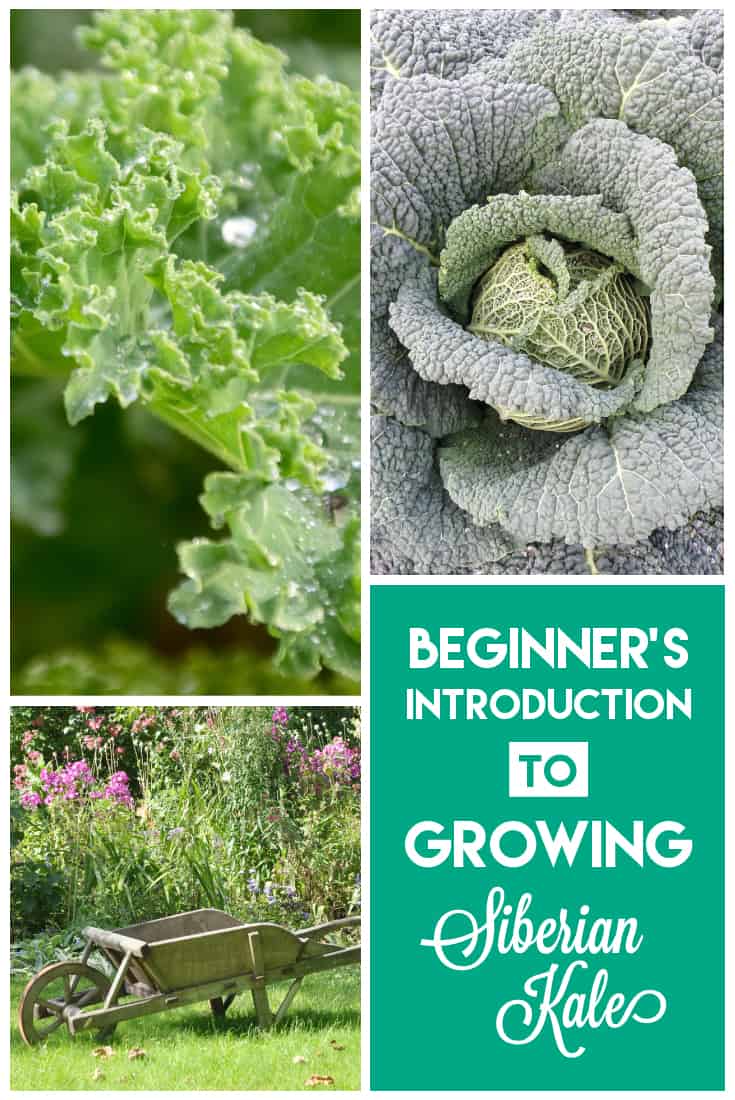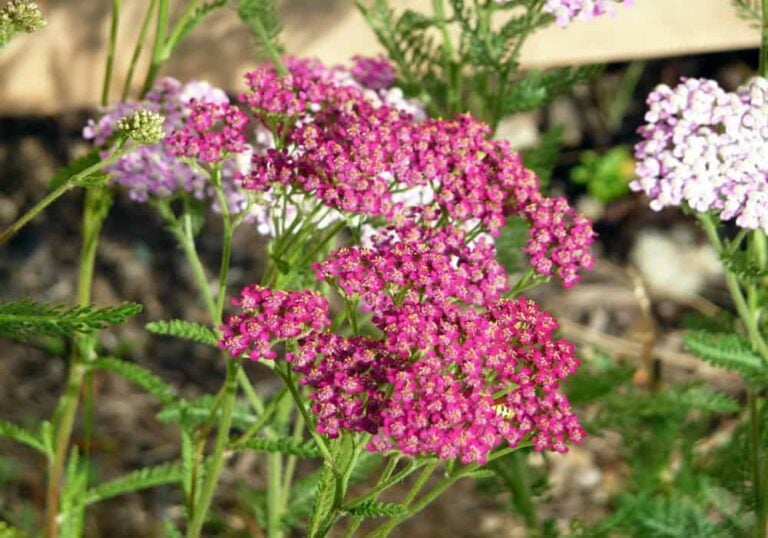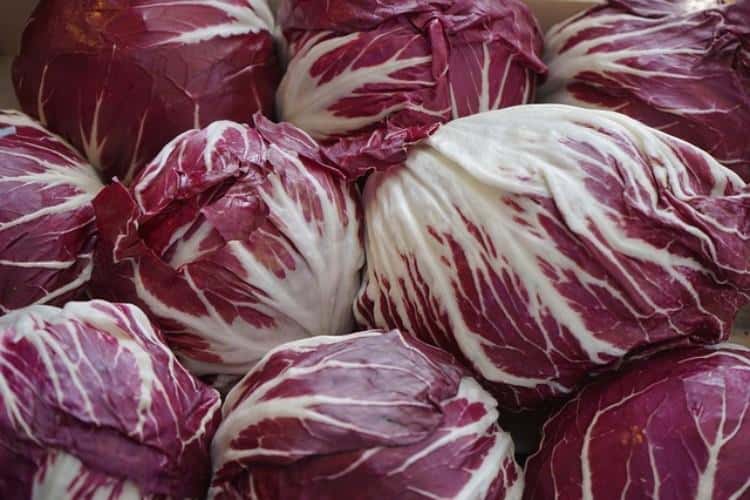Coriander Vs Cilantro: Are They The Same?
You can often hear Coriander and Cilantro being referred to in very similar circumstances, and some people even use the terms interchangeably.
But they in fact have very different meanings and are used very differently in cooking.
The reason they both get mixed up so commonly is that they both come from the same plant – Coriandrum sativum.
The leaves are what is referred to as Cilantro, while the seeds of this plant are what is generally referred to as Coriander.
With this plant producing the seeds for both herbs it is a popular choice for home growing, it is not too hard to maintain and with its double use, it is used in a lot of different dishes.
Cilantro is a bright green flat leaf and has a very aromatic almost soap-like taste. And coriander is a small hard seed with its own distinct flavor.
Regional Naming Differences
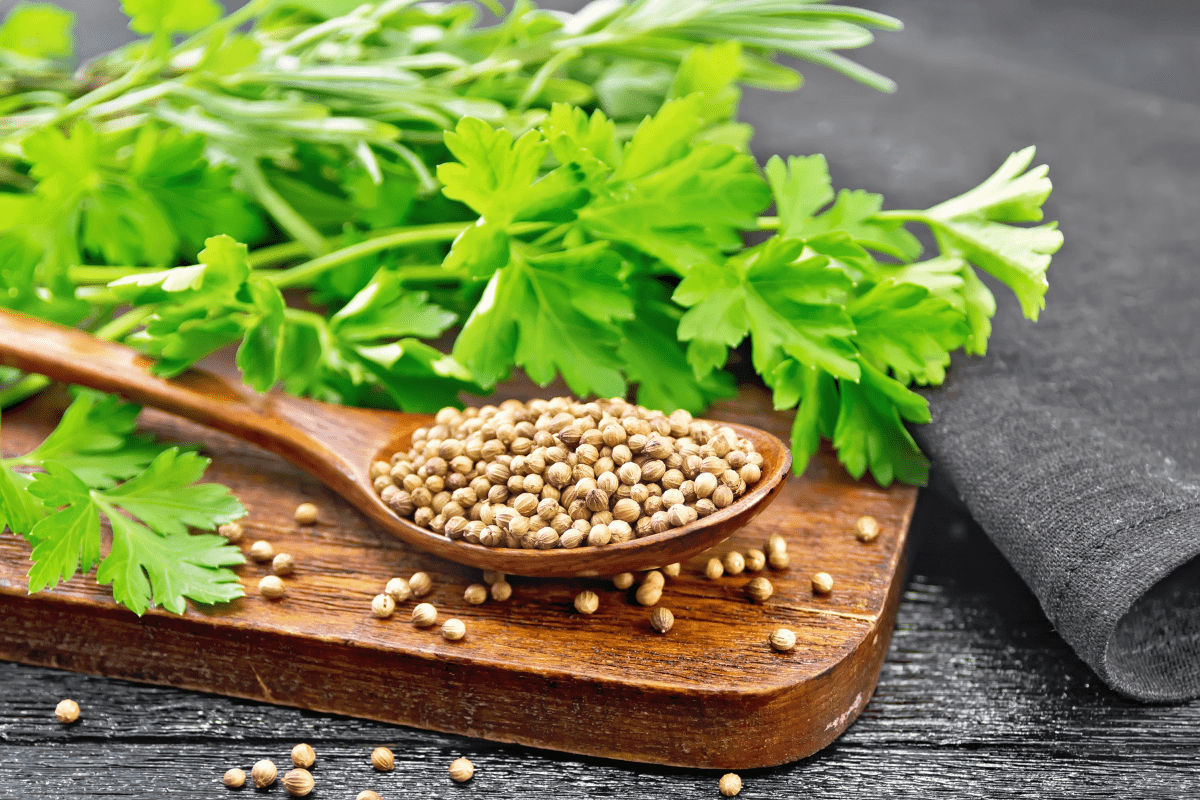
While you may think you know the difference between coriander and cilantro, the naming for these herbs is different depending on where you are from.
In North America, the leaf and its stem are referred to as cilantro and the seed is what is called coriander. Seems simple.
But in other parts of the world the whole plant is referred to as coriander; they call the leaves and stem coriander leaves, and they call the seed’s coriander seeds.
So when reading a recipe, try to make sure you know where the recipe is from. If it is a North American recipe, you know that coriander refers to the seed.
But if the recipe is not from this region, hopefully, it will specify if it means coriander leaves (cilantro) or if it just wants the seeds.
The reason why coriander leaves are called cilantro in a lot of the world is that the Spanish word for coriander is cilantro.
So this naming convention spread and stuck in some regions like North America but not in every English-speaking country.
Difference In Taste
Because coriander and cilantro come from the same plant it could be an easy presumption to make that they taste the same, but this is not true, and using them interchangeably could lead to disastrous results for the taste of your dishes.
With cilantro, as previously mentioned, it has a distinctly fresh and citrus flavor and scent that makes it an essential component for a lot more fresh dishes, and it can create a lovely flavor when combined with the right elements.
Coriander on the other hand, while still having a more citrus taste, tastes a lot more floral and kind of lemony.
It is also used very differently, obviously having a very different texture and flavor profile to cilantro.
Because of these distinct differences, it is strongly recommended to avoid using these herbs interchangeably.
If you do not want to home-grow these herbs, they are inexpensive to buy, and having both is essential if you want to be able to make a wide array of dishes.
So what are these dishes which these herbs work best with?
What Dishes Does Coriander Work Best With?
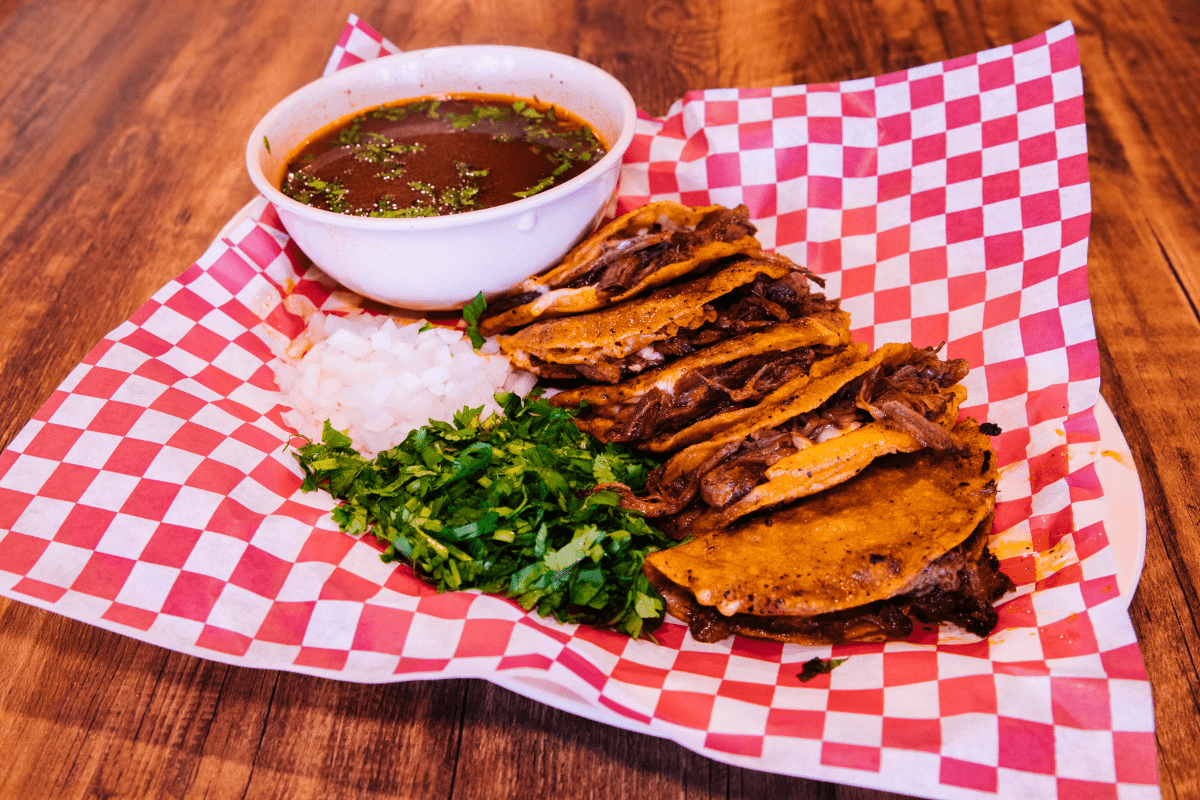
The most common use of coriander is in curry and rice dishes.
A lot of dishes that fall under this categorization rely on the unique flavor profile of coriander as a foundation of the core notes of the meal.
With its distinct flavor it is hard to substitute for, so it is really an essential if you like making a lot of these dishes.
With it being a hard seed it works well-being cooked into dishes to fully extract its flavor and to give it a more edible texture, completely dissimilar to how cilantro is cooked with.
A lot of recipes also ask for the coriander seeds to be ground (so if you see a recipe asking for ground coriander you can be sure they are not asking for cilantro) so if you are home-growing cilantro, this is pretty easy to do.
As long as the seeds are dry enough you can use any good mortar and pestle to get them to the required state.
What Dishes Does Cilantro Work Best With?
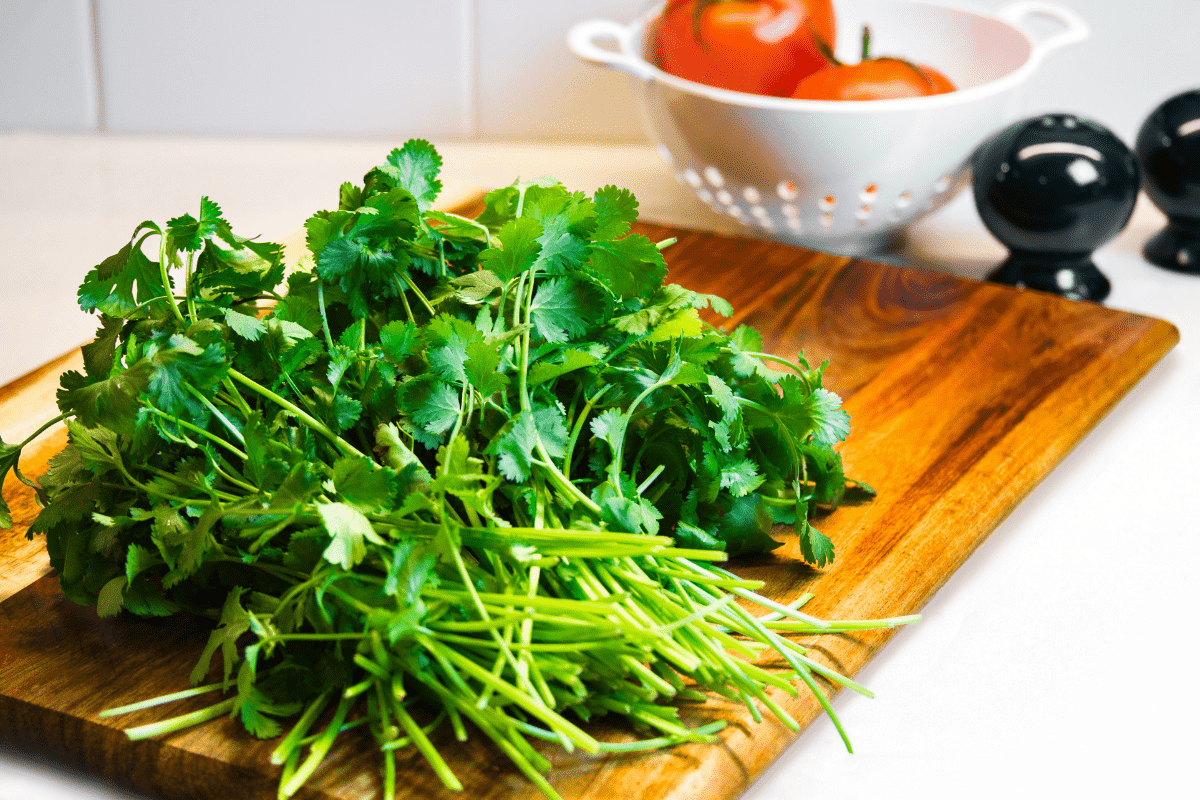
Cilantro leaves are used all over the world because of how easy it is to grow and its unique flavor. But most commonly you can find this herb in Asian and Mexican cuisine, both famous for their flavorful dishes and distinct flavors.
The stem is commonly used as it is where a lot of the flavor is concentrated, but the whole plant is often ground up into sauces, pastes, and dips to lend its distinct flavor.
The leaf by itself is often used as a final touch or garnish to finished dishes to add a distinct touch of freshness. This is worth noting since like many fresh herbs, cilantro can lose its flavor quite quickly.
This means that if you are freestyling and want to add its distinct flavor to a dish since you have it handy, make sure to add it near the end of the cooking as its flavor will mellow to the point of being unrecognizable if you let it cook down for too long!
How To Home-Grow Coriander And Cilantro
As has been mentioned a couple of times, coriander and cilantro are both quite easy to grow from home. You can buy seeds from a garden center, and you can even find pre-started plant pots at bigger grocery stores.
Obviously if you want more control over how the plant grows, getting seeds is best, but getting a pre-started pot is sometimes cheaper and easier when it comes to saving on equipment.
Either way, it is easier and more convenient to grow the herb in easily portable pots, so you can have it outdoors when the climate is fitting but indoors to have on hand during colder months.
If you want the plant to grow more seeds, since of course the seeds here are just as useful as the plant, the best thing to do is look after the plant and up-keep it well.
Keep the plant out of direct light as it prefers indirect light. Like with most herbs, you want to avoid the roots getting too soggy, so keep it in a pot with good drainage, and water once the top inch of soil is dry, keeping it appropriately moist.
Final Thoughts
So there we go; hopefully you now know what each one is and why you should try growing them yourself! It is a pretty easy plant to keep on top of and adds great depth of flavor to any dish it is used in!

